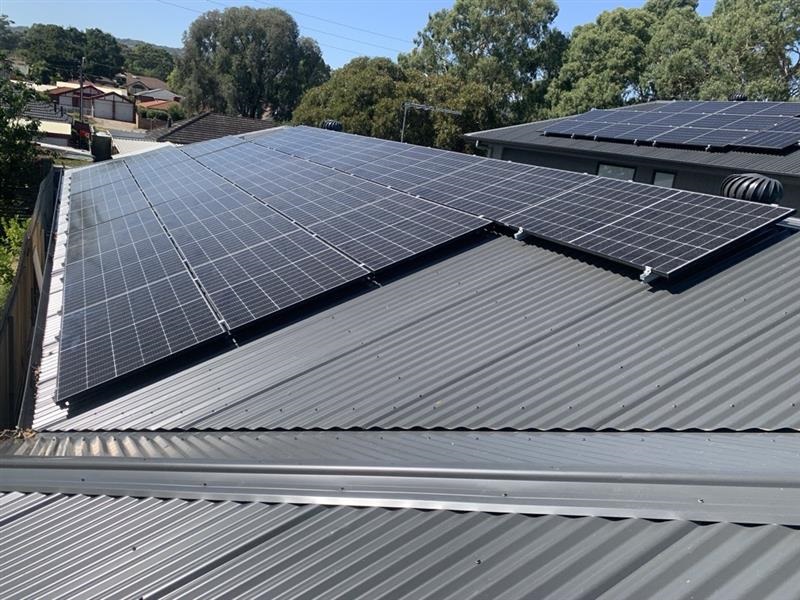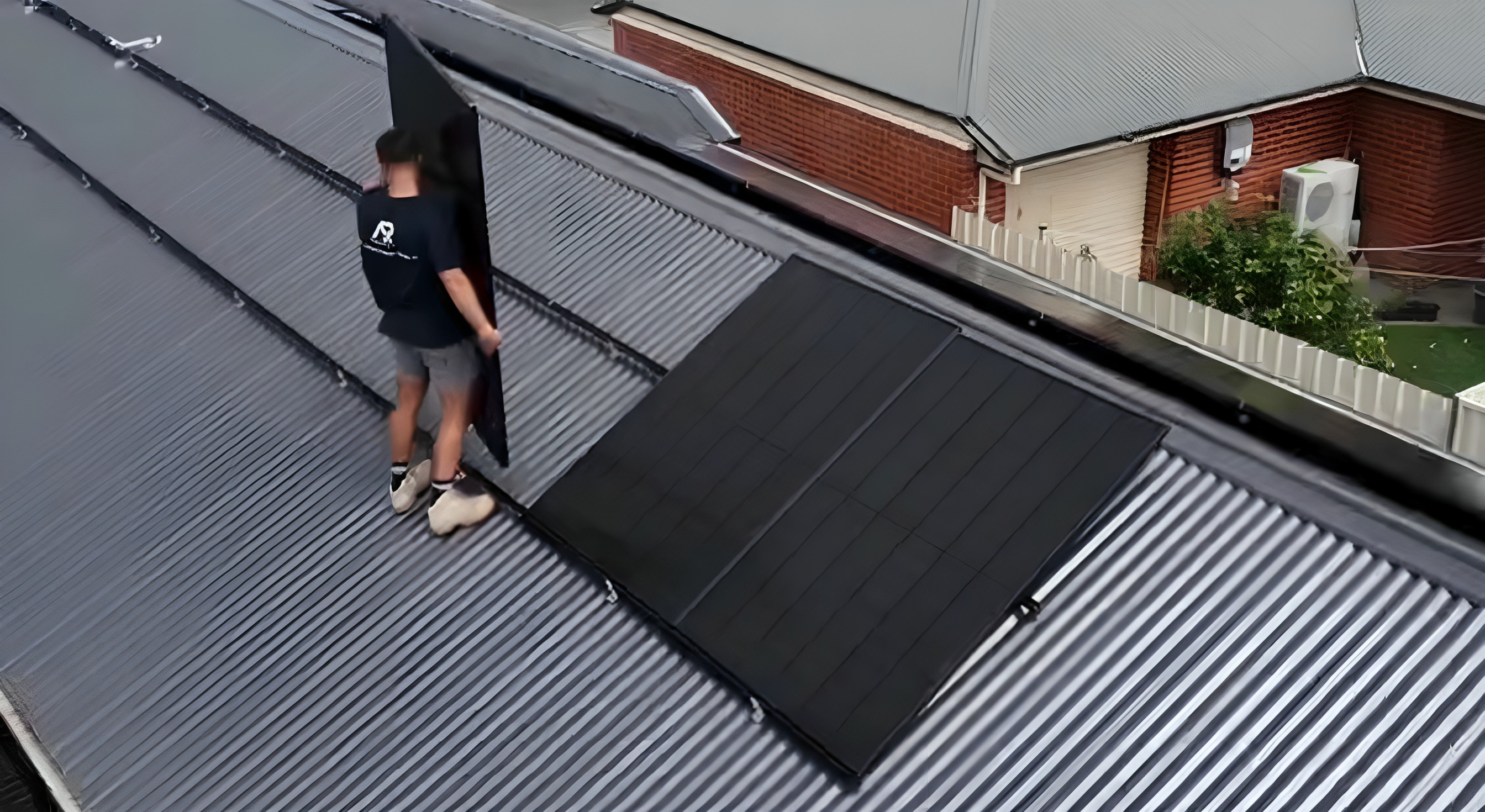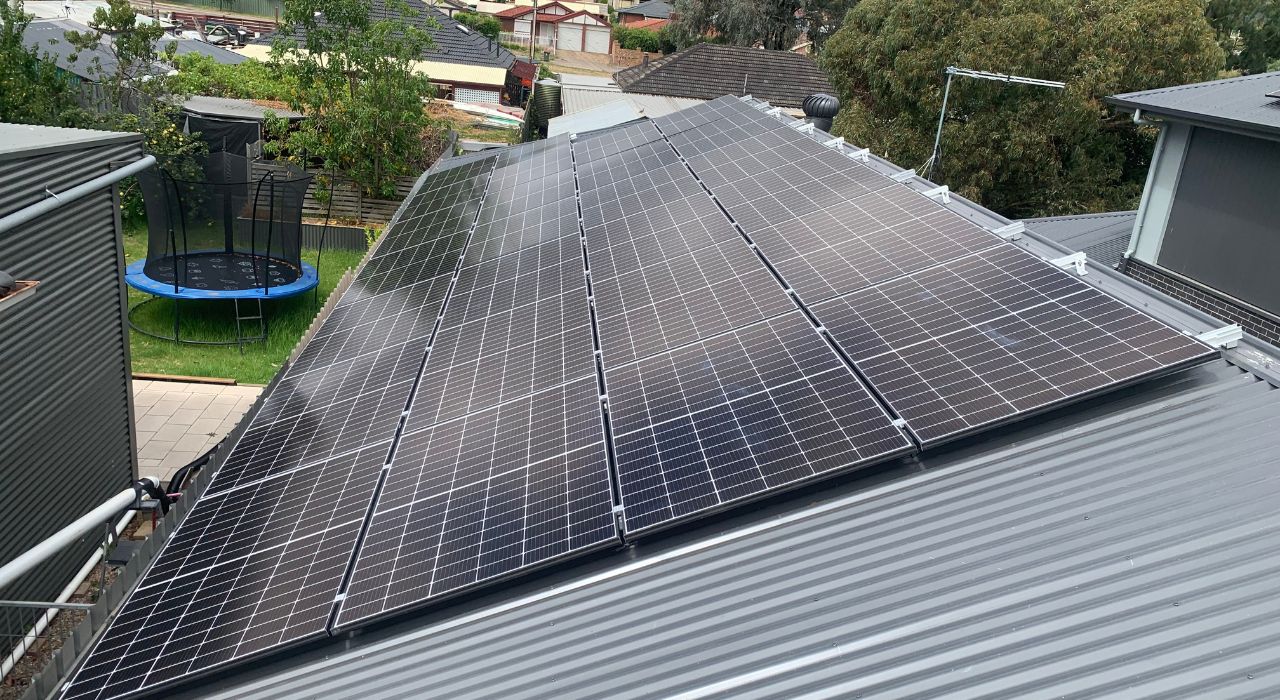
How Much Does a Residential Solar System Cost in 2025
Residential solar has become one of the most popular home upgrades in Australia, and with rising electricity prices, more households are asking the same question: How much does a solar system cost in 2025?
The cost of solar has dropped significantly over the past decade, making it more affordable and accessible than ever. However, prices still vary based on system size, quality of components, installation location, and whether or not you add a battery.
In this blog, we’ll break down the average costs for residential solar in Australia in 2025, with a closer look at Adelaide, and explain the factors that influence your investment.
Average Cost of Solar Systems in Australia (2025)
The price of solar is typically measured per kilowatt (kW) of installed capacity. In 2025, most Australian homeowners can expect to pay:
- 3kW system (suitable for small homes) — around $3,500 to $5,000
- 6.6kW system (most common choice for medium homes) — around $5,500 to $8,000
- 10kW system (for large homes or higher energy needs) — around $9,000 to $13,000
These figures are for grid-connected systems without batteries. Adding a solar battery typically adds another $8,000 to $14,000, depending on capacity and brand.
Solar System Costs in Adelaide
For Adelaide homeowners, solar prices are among the most competitive in Australia due to strong local demand and high sunshine hours. In 2025, average system costs in Adelaide look like this:
- 6.6kW system — around $5,200 to $7,500
- 10kW system — between $8,500 and $12,000
Adelaide residents benefit from excellent solar conditions, averaging over 2,800 hours of sunshine per year, which means faster payback periods compared to some other regions. On top of that, households may still access state-based incentives and feed-in tariffs that improve overall return on investment.
Factors That Affect the Cost of Solar Systems
Solar system costs in 2025 vary widely because every home is different. Here are the main factors that impact pricing:
1. System Size
Bigger systems cost more upfront but generally deliver better value per kW. For example, a 10kW system costs more than a 6.6kW system but may generate enough excess power to offset your bills completely.
2. Quality of Panels and Inverters
Premium solar panels from brands like SunPower or LG, and inverters from Fronius or SMA, can cost more but typically come with better warranties and higher efficiency. Budget options are cheaper but may not perform as well in the long term.
3. Battery Storage
If you add a battery, your upfront cost increases significantly, but so does your energy independence. A battery like the Tesla Powerwall 2 or Sungrow SBR can cost between $10,000 and $14,000, but they let you store solar energy for night-time use and protect against blackouts.
4. Government Incentives
Australia still offers generous support for solar through the Small-Scale Technology Certificates (STCs) program, which reduces upfront costs. In South Australia, additional programs and rebates may apply—homeowners should always check the latest government websites for up-to-date information.
5. Installation Complexity
Homes with tricky roof angles, shading issues, or older switchboards may face higher installation costs. On the other hand, a straightforward installation on a sunny, north-facing roof in Adelaide will keep costs lower.
Payback Period for Solar in 2025
The payback period is the time it takes for your system to cover its own cost through energy bill savings. In 2025, most Australian households can expect a payback period of 3 to 6 years, depending on system size and whether a battery is included.
For example:
- A 6.6kW system in Adelaide costing around $6,000 could save up to $1,200–$1,600 per year on electricity bills. That means your system may pay for itself in just 4–5 years.
- With a battery added, the payback period may extend to 8–12 years, but it adds value through blackout protection and greater energy independence.
Is Solar Worth the Cost in 2025?
Absolutely. Electricity prices in Australia continue to rise, and solar remains one of the best investments homeowners can make to reduce their bills. For Adelaide in particular, where sunshine is abundant, solar systems perform at their best. Even if you don’t add a battery right away, installing panels ensures long-term savings, and you can always add storage later.
Final Thoughts
The cost of residential solar in 2025 varies depending on system size, brand, and location, but for most Australian homeowners — especially those in Adelaide — it remains a smart, future-proof investment. With payback periods as short as three years and the potential for decades of free solar power, the benefits far outweigh the upfront costs.
If you’re considering solar for your home, now is the time to act. Prices are competitive, incentives are still available, and rising energy bills make the switch more attractive than ever.


